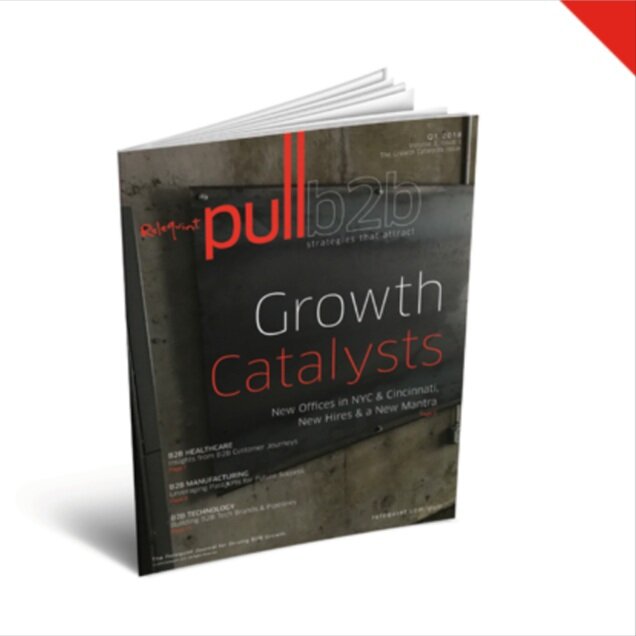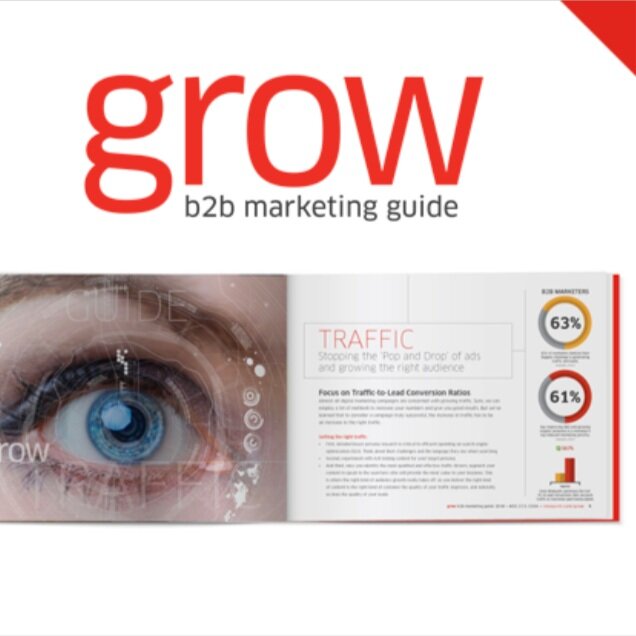In media coverage of baseball over the last several years, a crop of new statistics has emerged. For decades, the so-called “baseball card stats” of batting average, home runs, runs batted in, earned-run average and pitcher wins were all that were needed to surmise a player’s skill level, but there’s now a movement for more precise data.
Baseball statisticians and writers have used physics, probability and detailed mathematics to learn more about how much of player’s output is dependent on their skill and how much is the product of playing a game where other players, chance and the grind of a 162-game regular season can have significant effects.
The dominant marketing buzzword of this data-driven age is “analytics,” which is very much akin to the sabermetric movement in baseball. Marketing analytics are the business world’s main tool in the divine quest for self-assessment and self-improvement. Methodology, philosophy and trends all come and go in service of the more empirical knowledge that comes from analytical data.

Potential improvement from analytical insights is too great to ignore and all but required for modern B2B marketing.
Have an innate dislike of mathematics or recurring nightmares of advanced calculus? Never fear: Most analytical metrics are simple. There aren’t a ton of variables to consider when looking at how well your campaign is attracting, nurturing and converting leads, but there are enough different ways to measure efficacy at each stage that comprehensive analytics can feel intimidating. If you’re having reservations about diving into this, keep in mind that the potential improvement from analytical insights is too great to ignore and all but required for modern B2B marketing.
You can analyze your efforts through data in three main categories, divided by each stage of the buyer’s journey. Further down the funnel, empirical data relies more heavily on the numbers generated beforehand. This sets up a solid, unbroken chain of analysis that generates comprehensive insights on both the macro and micro levels. Let’s delve into a cursory overview of each.
1. The quick, ToFu data of volume and response
The beginning of a buyer’s journey is about generating awareness at the Top-of-the-Funnel (ToFu) and attracting leads. It is, more than any other part of modern marketing, a numbers game where a B2B company puts out content, ads and information in order to gather as many qualified prospects as possible.
 You can measure this rather easily. For each piece of content produced for the awareness stage, there are basic metrics for gleaning its performance. Content hosted on your site or blog is measured in unique page views and the behavior of visitors after arriving. Did they leave the page too quickly to have actually read it? Did they follow the call-to-action in the piece or volunteer their email address for more information? Find out by using Google Analytics or a software platform that gathers this data for you, such as HubSpot.
You can measure this rather easily. For each piece of content produced for the awareness stage, there are basic metrics for gleaning its performance. Content hosted on your site or blog is measured in unique page views and the behavior of visitors after arriving. Did they leave the page too quickly to have actually read it? Did they follow the call-to-action in the piece or volunteer their email address for more information? Find out by using Google Analytics or a software platform that gathers this data for you, such as HubSpot.
Other channels involve a little more digging but are still easy enough to analyze. Social media posts have inherent metrics (likes, shares and comments, as well as clicks if you pay for the advertising boost) to append to your Google Analytics data. You can measure guest blogging on other sites through the number of visitors who arrive at your site from that point of origin (or by nicely asking those who run the site you’re guested on). Compare your production to these response rates to see if your ToFu content is resonating with prospects and motivating them to get in touch or consume more. These numbers will help you learn to hone your efforts and focus on the types of inbound material which generate responses.
2. The “physics” of conversion
Conversions from the top of the funnel begin the process of identifying marketing and sales-qualified leads from the wider array of general prospects through offers. Think “No Risk Offers” (NRO), “Low Risk Offers” (LRO) and “Direct Business Offers” (DBO). What makes a qualified lead is their amenability to taking steps beyond gathering information. Leads are valued in much the same way particles are measured in physics. Just as electrons are observed for their stability, spin and speed/position, a lead is deemed as higher or lower quality based on three measurable factors:
- Time: After you measure a visitor’s time spent on a page or piece of content, add up the time a prospect is spending on all of your content and efforts. Follow a lead from initial interaction with content through their response to the call-to-action through engagement with follow-up material sent through emails or direct contact, and see what they’re spending the most time on.
- Speed: How quickly do leads respond to new interactions and ingest new information? Those who are quick to open emails, click on links or respond to offers are signaling their readiness to take this process to the next step and their worthiness for being considered as a sales-qualified lead.
- Trajectory: By tracking the behaviors listed above, you can chart the actual progress a lead is making toward reaching a decision. Observe their individual buyer’s journeys to this point to create a set of relevant talking points for sales when the handoff occurs.
Conversions in a B2B buyer’s journey—from prospect to lead to qualified lead to sales opportunity to customer—can be complex and lengthy, but the multiple interactions involved can provide greater measurability. Segmenting content for different stages and prospects isn’t just about making it more relevant. It also gives you a greater ability to analyze your strategy by following prospect behaviors through the mid-funnel process. Use response rates, repeat visitors and interactions to score leads more accurately. This also could expose areas for improvement within your strategy.
3. The golden egg: KPIs and value metrics
Near the end of the B2B sales process, the analytical values that really matter come to the fore. But, like the golden eggs laid by the goose in Aesop’s fable, they are not metrics you can glean all at once—they have to be generated from the entire journey a buyer has taken from awareness to final conversion and beyond.
This is the realm of the return on investment (ROI) in all its forms. Many B2B companies know to measure how much revenue was generated because of a marketing campaign and weigh that against the total money spent on driving that campaign.

Use response rates, repeat visitors and interactions to score leads more accurately.
But you can break that down even further for greater insight. Cost per lead can tell you if you’re spending on the top of the funnel inefficiently. Compare the number of sales-qualified leads to number of sales closed to shed some light on the effectiveness of your lead scoring and marketing-sales alignment. Compare the money and time spent on your inbound efforts to the both the quantity and quality of the results at every stage of the process.
The more you know, the better prepared your company is to create new inbound efforts and adjust existing strategies. Analytics are a vital element of potent and agile B2B marketing, no matter what you sell. Identifying paths taken and behaviors of sales-qualified leads creates the opportunity for more targeted content creation and repeatable and scaleable marketing automation.
With real numbers and values, your future efforts are more scientific, rooted more deeply in facts and data. The software and tools available to mid-sized enterprises can give you the knowledge about buyers, which breeds confidence for building an inbound strategy. Knowledge in B2B marketing, as with so many other things in life, is power. ![]()







 By
By 